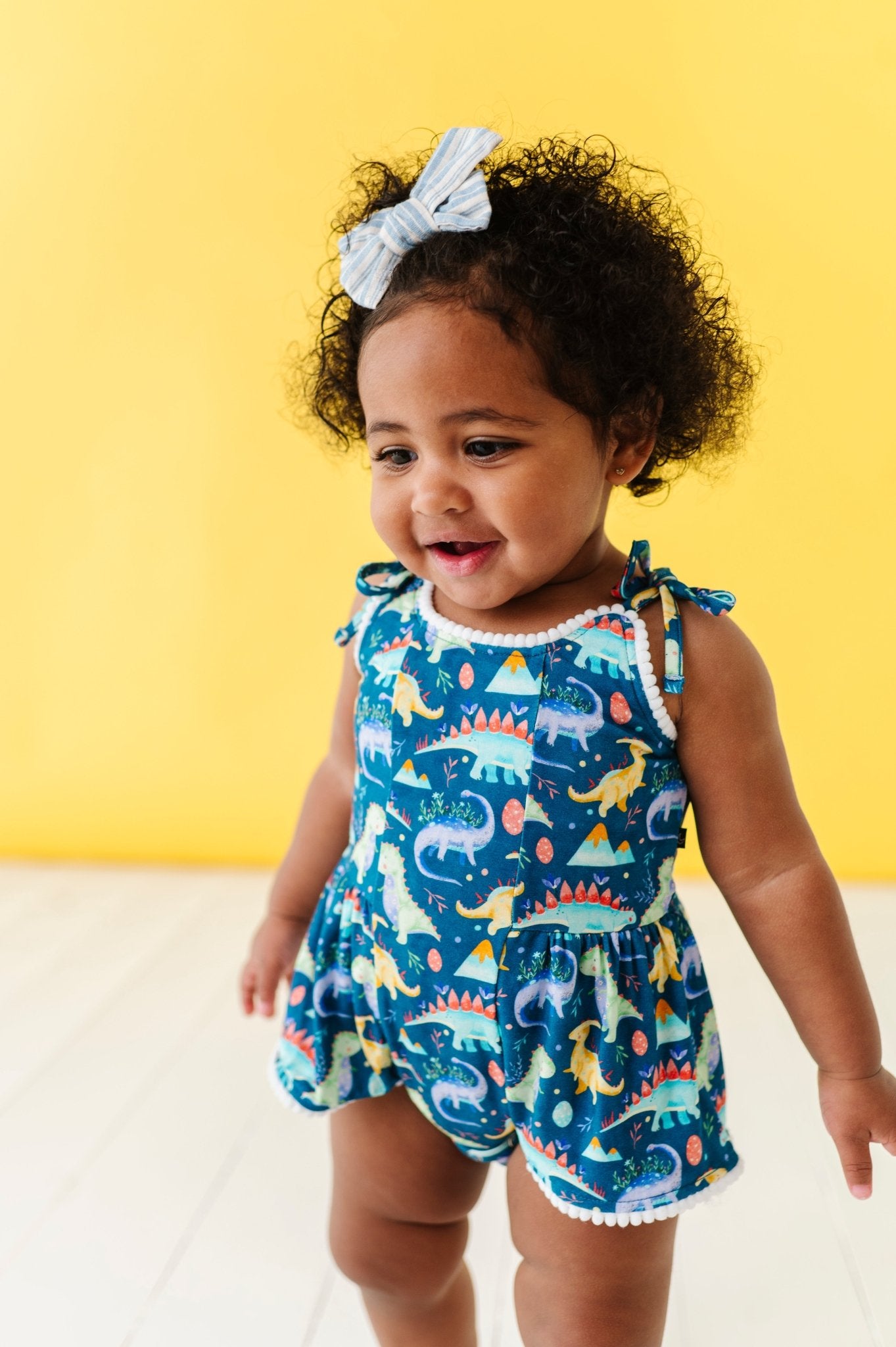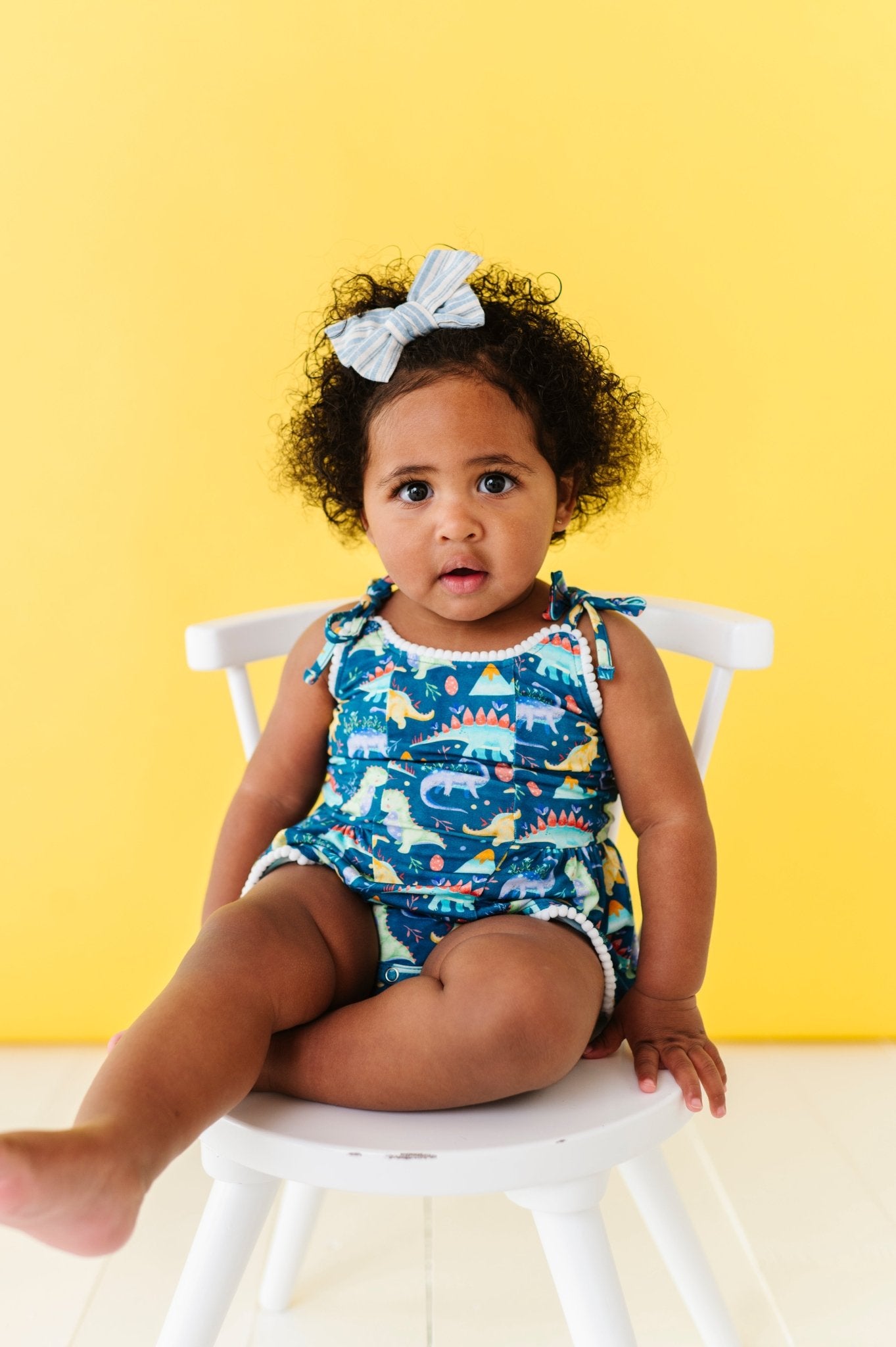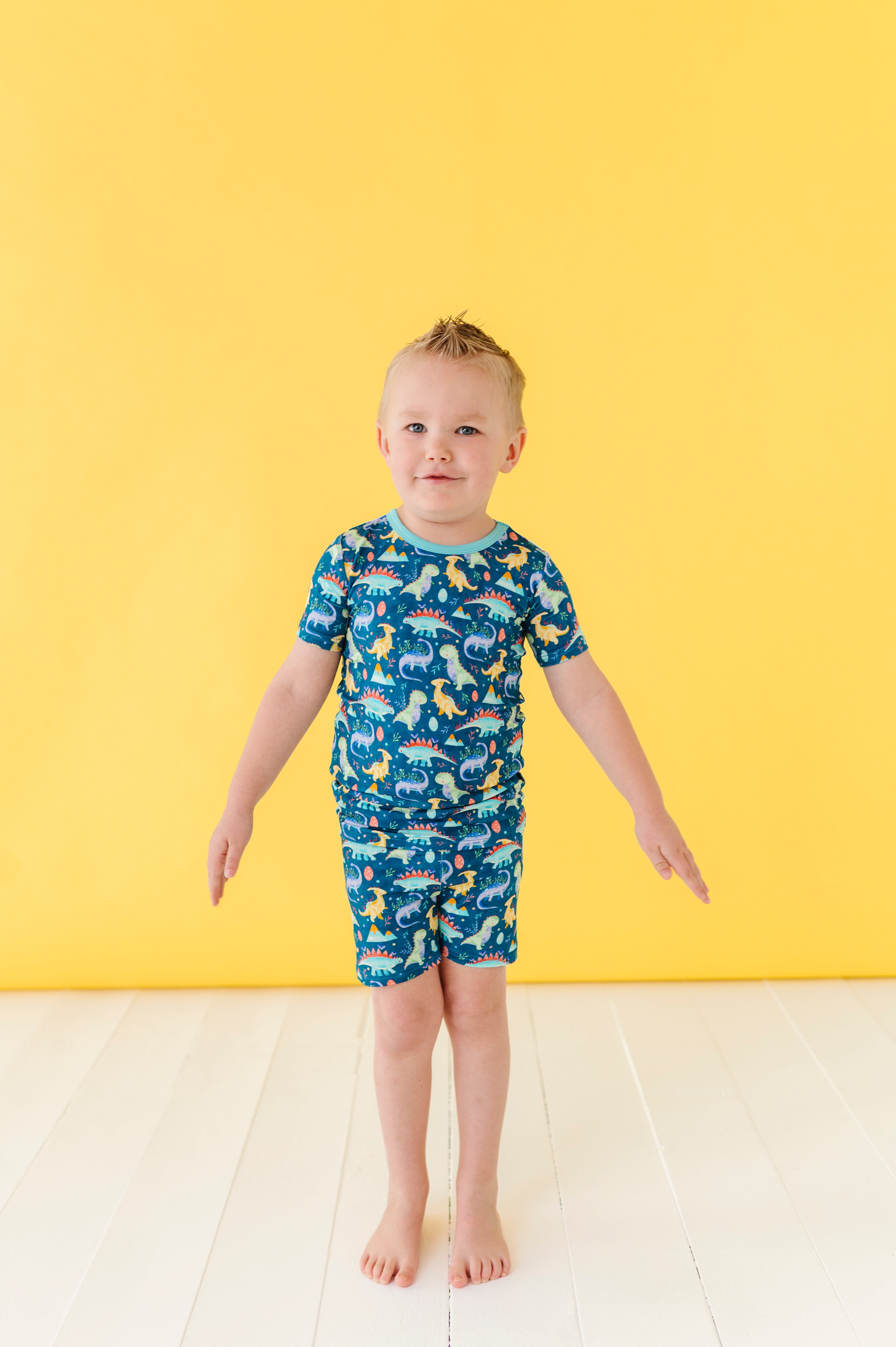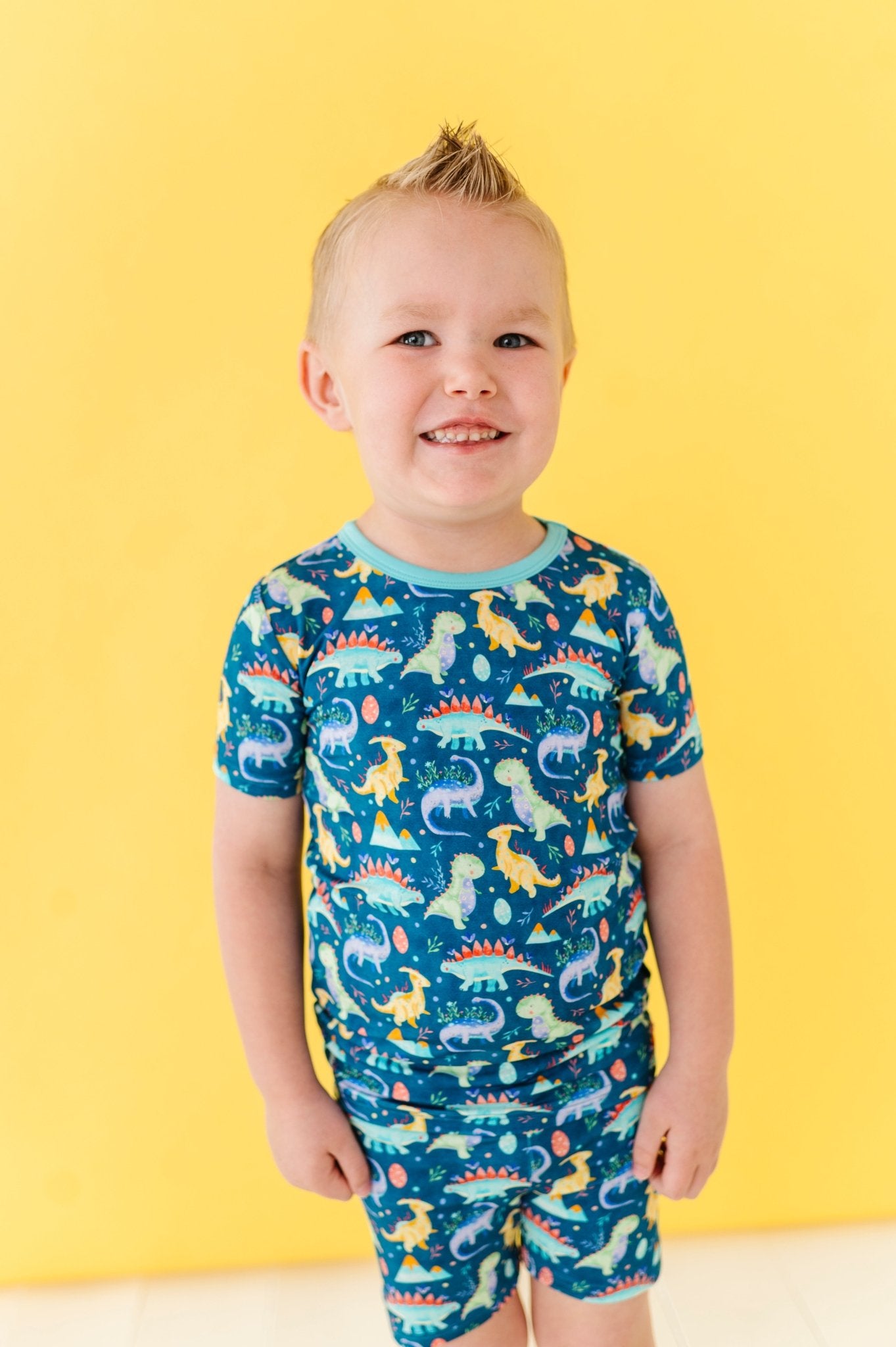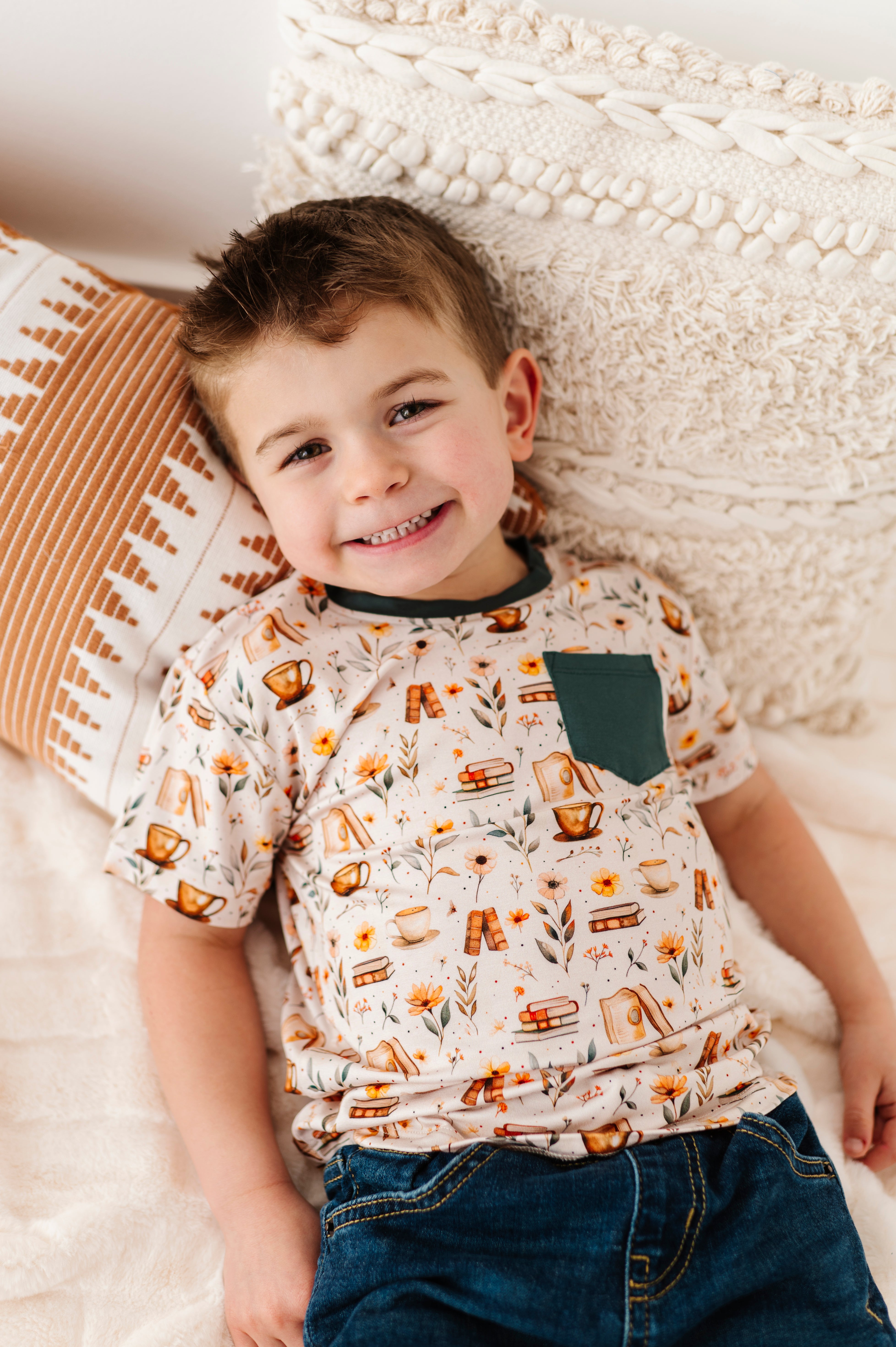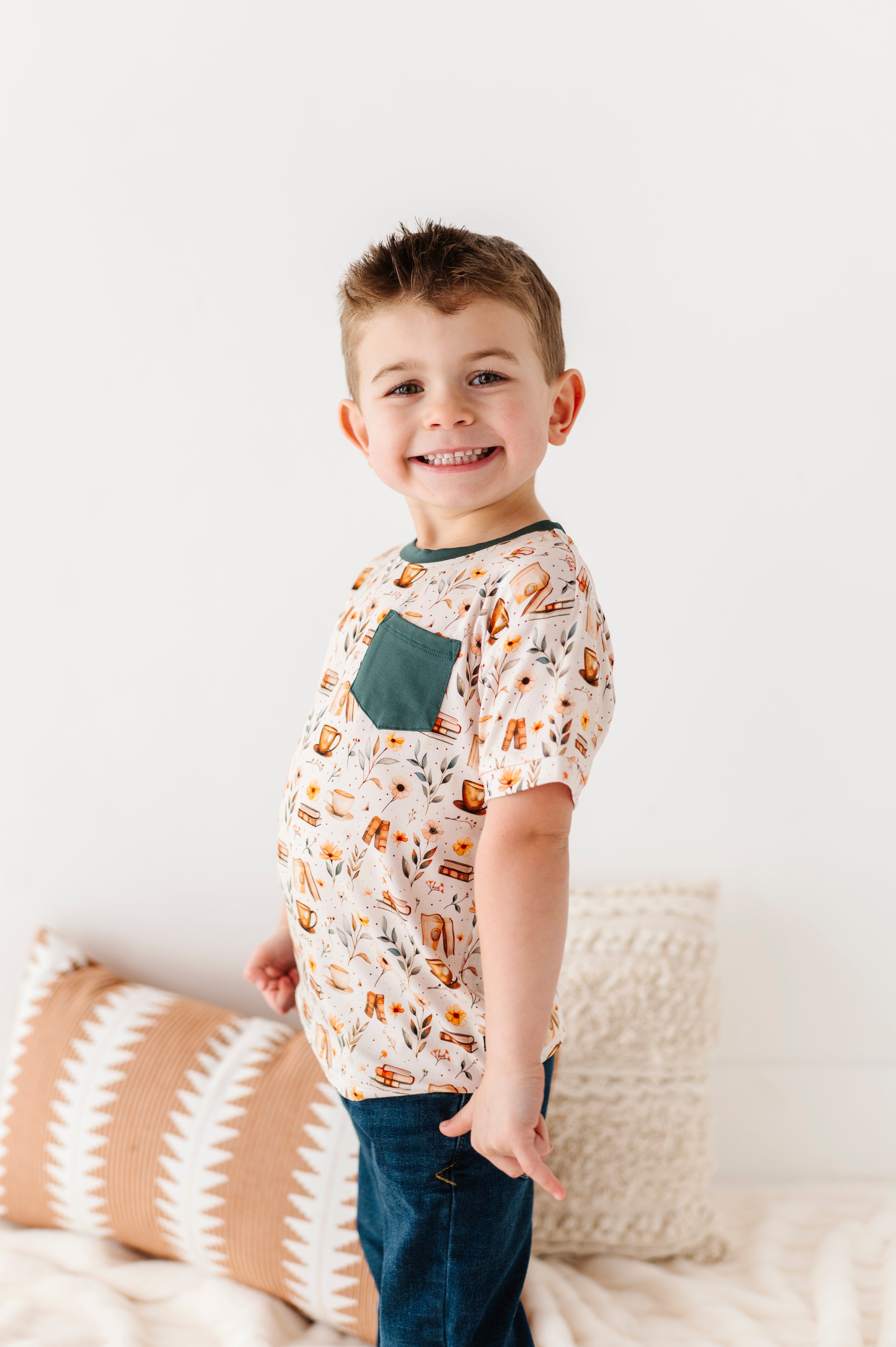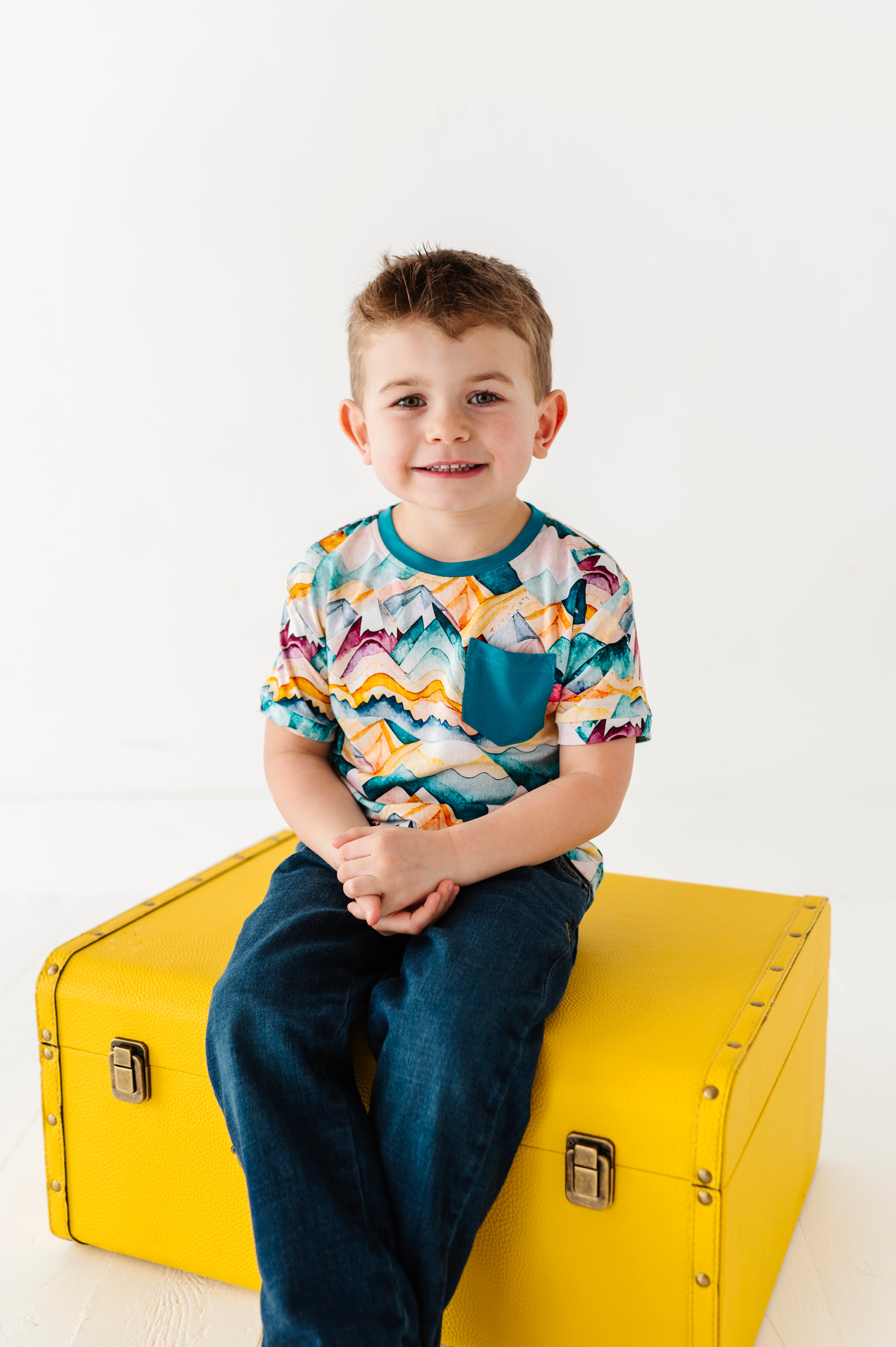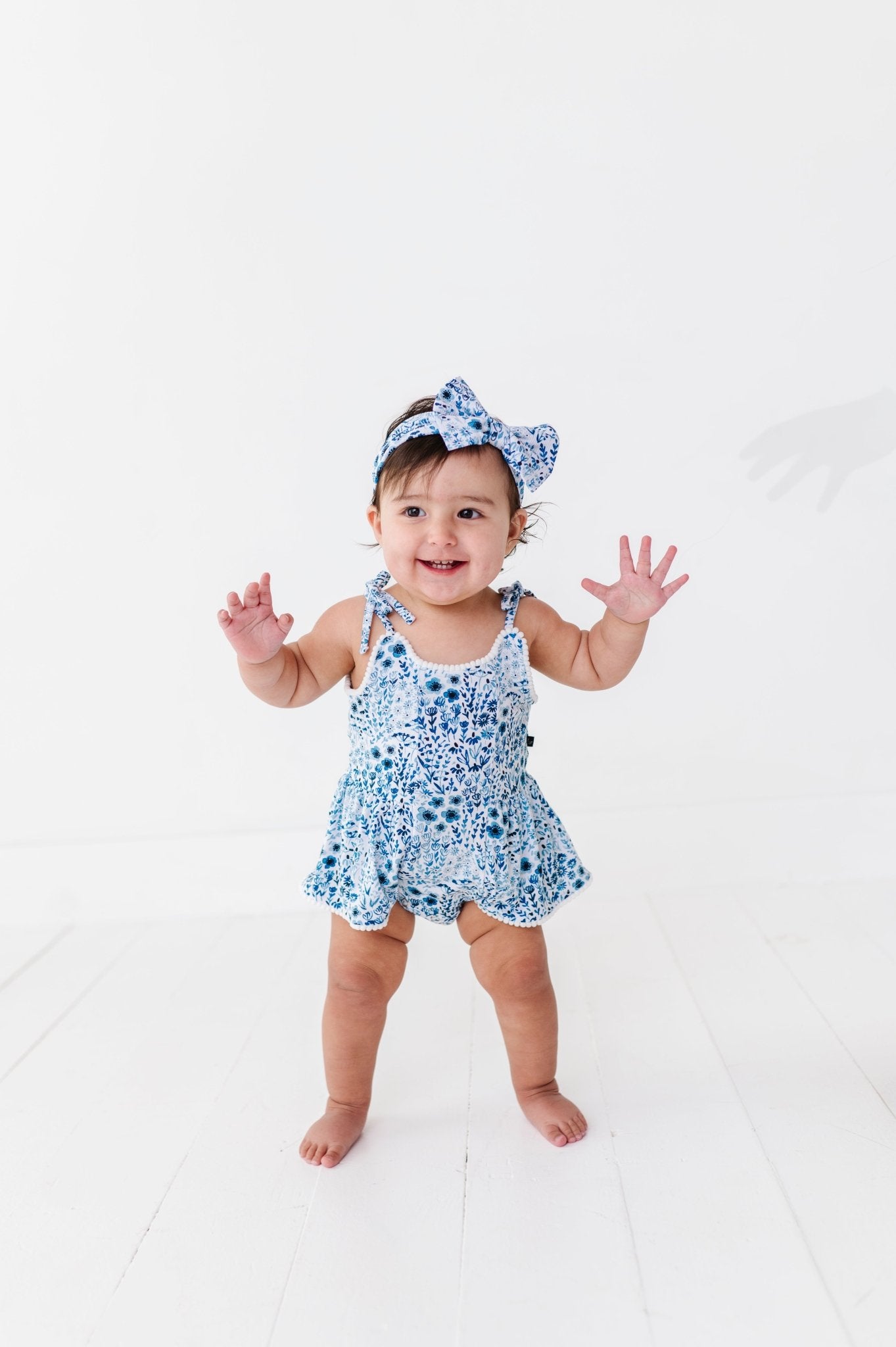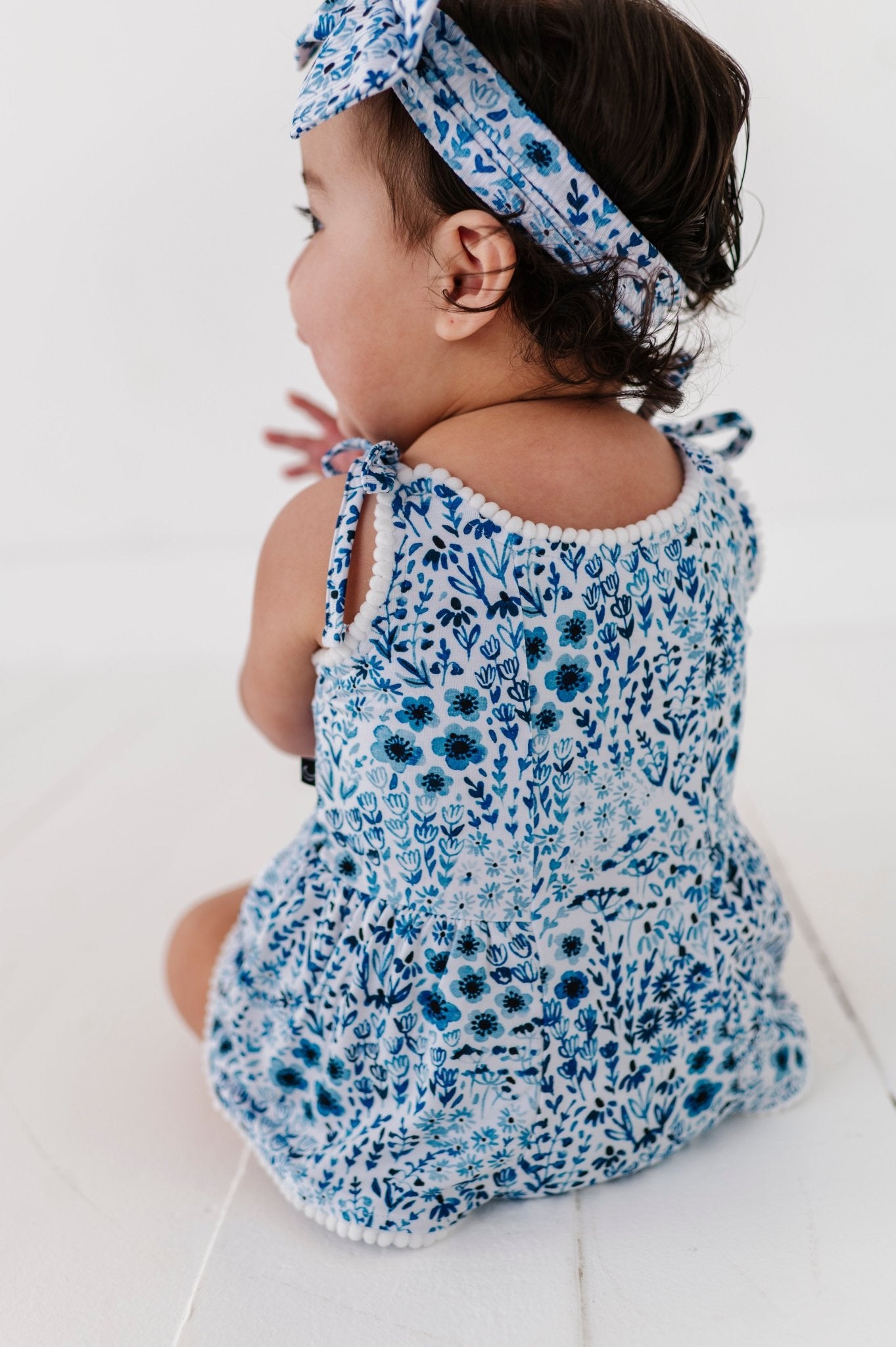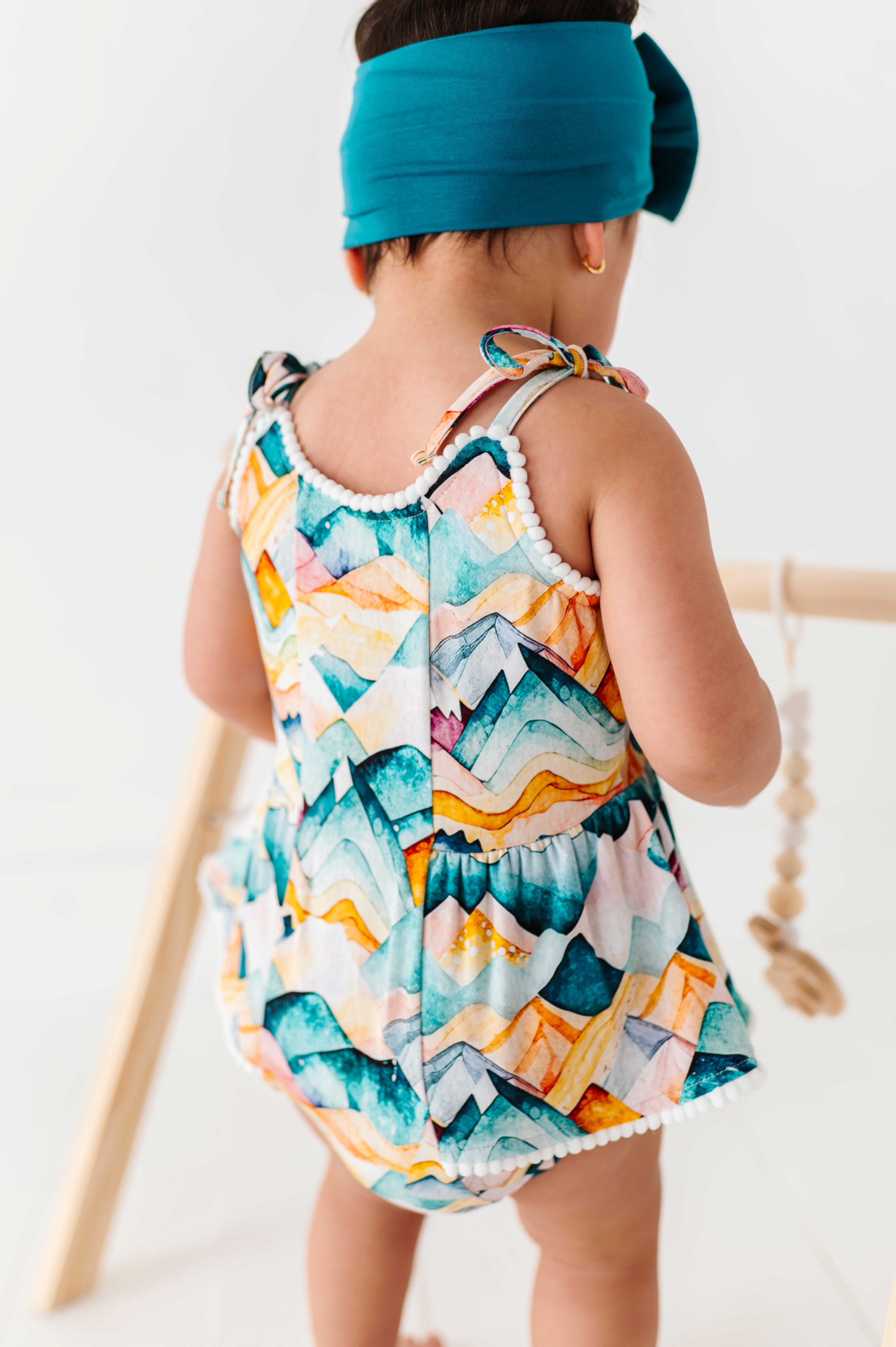The bedside bassinet weight limit is an important consideration for new parents when creating their baby’s sleep area. A bedside sleeper functions well for babies during the initial months because it offers parents close care during the night and simplified feedings. It also generates a protective sleeping environment. The period for using a bedside bassinet sleeper is limited, which makes knowing the weight restriction essential for your baby's continued safe and comfortable sleep.
Bassinet users tend to believe using the product remains acceptable when their baby can still physically fit inside. Every bedside bassinet comes with weight restrictions that become dangerous to violate. Newborns should use bassinets, but these beds become unsafe when infants surpass either their weight limit or start moving around because they might sustain injuries from unfit spaces.
This article will provide you with a proper understanding of when to move your baby from a bassinet to a crib, promoting security, good sleep, and comfort during their growing developmental stage.
Standard Age and Weight Limits for Bedside Bassinet Sleepers
Most small bassinets used at the bedside can support babies who weigh between 15 and 25 pounds (6.8 to 11.3 kg) and are typically designed for infants up to 4 to 6 months old. Other aspects besides weight must be taken into account. A baby may reach their maximum height or gain enough mobility that exceeds the weight limit of their bassinet before crossing that limit.
Common Bedside Bassinet Sleeper Age and Weight Limits by Type
- Standard bedside bassinet: 15–20 lbs (6.8–9 kg), typically suitable for newborns up to 4–5 months old.
- Convertible bassinets (which transition into playpens): 20–25 lbs (9–11.3 kg), designed for babies up to 6 months old.
- Rocking bassinets: 15 lbs (6.8 kg), ideal for infants up to 3–4 months old.
- Travel bassinets: 15 lbs (6.8 kg), best for newborns and young infants up to 3 months old.
The weight limits for different models differ from one another; therefore, consult the manufacturer's information to determine proper usage limits. Your baby's development speed should be taken into account when evaluating bassinet use.
The pace at which babies acquire weight differs among them because some experience consistent, steady growth, but others experience sudden weight increases, which results in reaching the weight limit earlier than anticipated.
What Happens If You Exceed the Bedside Bassinet Weight Limit?
A bassinet becomes unsafe for use when it exceeds its weight limits set by manufacturers. You should change your baby to a proper sleeping environment at exactly the right time because of the following conditions:
1. Risk of Structural Collapse
A bassinet has design specifications to accept a particular weight range. Crossing the bassinet weight threshold makes the structure weaker until the bottom sagging point triggers possible collapse that raises injury hazards.
2. Increased Suffocation Risk
Additional weight on a bassinet makes it unstable, and this will cause your baby to roll into dangerous positions or develop suffocation risks from hitting the soft sides.
3. Restricted Movement and Disrupted Sleep
A baby ages into a phase where they require more space to explore their area freely. A child in a bassinet that is too small after surpassing its size limit can experience discomfort, which disrupts their sleep pattern through constant interruptions. Using suitable sleeping spaces for babies benefits their body development and promotes quality sleep. Comfortable rest area conditions substantially affect how well a baby sleeps.
Swapping to breathable Crib Sheets will establish an irritation-free sleep surface during the bassinet-to-crib phase.
Signs Your Baby Has Outgrown Their Bedside Bassinet Sleeper
Weight stands as an important sign, but you need other indicators to determine when your baby should leave their bassinet. In addition to weight, there are other essential indications to monitor.
1. They Have Reached the Maximum Weight Limit
According to weight recommendations for the bassinet, if your baby has reached the end of their appropriate bassinet period, you should start considering a transition to a crib.
2. They Can Roll Over or Sit Up on Their Own
Most newborn bassinets serve babies who need to sleep on their backs. Once your baby starts sitting up, pushing up independently, or rolling over successfully, they will likely position themselves in dangerous situations when playing with the bassinet.
3. They Seem Cramped and Restless
Your baby may show signs of discomfort and continuous motion because the confined bedside sleeper area no longer fits its current size. A sufficient amount of space must be available to allow babies to move freely for a comfortable and restful sleep.
A breathable soft bedding product such as the Toddler Blankie provides comfy support during the bassinet transition to crib transitions.
When to Transition from a Bassinet to a Crib
Parents should decide to transfer their baby from a bassinet to a crib between the ages of 3 and 6 months, although different children have individual timetable preferences. The right timing depends on:
- Your baby’s weight and size: The bassinet's physical limits determine whether your baby has exceeded its size, while the weight and dimensions of its body also matter.
- Developmental milestones: Your child achieves developmental markers that include movements such as rolling over, achieving sitting skills, and moving by pushing their hands and knees. To detect when your baby experiences sleep discomfort, you should review their sleep patterns to see if they show signs of restlessness.
- Your baby’s sleep habits: You need to check your baby's sleep patterns if they show signs of restlessness or sleep discomfort.
The transition will be easier if you first let your baby use the crib only during naptime before they spend their nights there. Familiar sleep items such as their blanket or sleeping sack serve as comfort elements to help children feel protected during their new sleep environment.
Making the Transition as Smooth as Possible
The process of moving to a crib needs to be as easy as possible. You and your baby can easily transition to a crib from the bedside bassinet with proper preparation.
- Situationally, regular bedtime procedures help your baby find comfort through reassurance.
- Parents should start their crib introduction process with crib naps prior to overnight sleep transition.
- You can make their sleeping environment safe and cozy with breathable high-quality crib sheets.
- The combination of white noise and rocking motions acts as a means for babies to transition comfortably to sleeping in a new environment.
A baby requires both safety and comfort when developing proper sleep patterns.
How to Ensure Your Baby Sleeps Safely in a Bedside Bassinet
After you verify that your baby fits within the bedside bassinet weight limit, you must establish a protected sleeping area. Bassinets operate safely when correctly employed, which reduces safety risks involving suffocation, accidents, and incorrect body placement during sleep.
1. Follow the Manufacturer’s Safety Guidelines
Every bassinet manufacturer provides specific safety guidelines that specify the weight restriction along with installation procedures and adjustable height usage limits. By following these instructions, you can establish a protected sleep environment for your child.
- You should always build the bassinet according to the manufacturer’s manual instructions.
- You should investigate whether any recalls exist before acquiring or employing hand-me-down bassinets.
- Always position the bassinet on an even, flat base to prevent it from tipping.
2. Keep the Bassinet Space Empty from all Superfluous Objects
The risk of suffocation will decrease if you maintain a bed section that contains no additional pillows, plush toys, or bedding. The American Academy of Pediatrics (AAP) has specified that one should only use firm, flat mattresses with fitted sheets when creating a sleeping environment.
- Place your baby in a bassinet with secure blankets that will never cover his face while sleeping.
- Select a sleep sack design that stays on your baby’s body to provide warmth rather than using a traditional blanket.
- The mattress for the bassinet needs to be firm and with a proper fit so there are no spaces between the frame and the sheet.
A Sleep Sack serves as an excellent replacement for loose bedding elements since it offers both comfort and safe sleep protection from suffocation hazards.
3. Monitor Your Baby’s Weight & Growth Regularly
Since babies grow rapidly in the first few months, it’s important to track their weight to ensure they remain within the bedside bassinet weight limit.
- Average children reach the stage of outgrowing their bassinet between 3 to 6 months of age.
- Your baby's regular weight should be measured on a baby scale during medical appointments.
- Start preparing the crib transition when your baby approaches the maximum weight restriction.
You can adequately schedule a weight limit transition by tracking your baby's growing weight patterns through a growth chart.
What to Do If Your Baby Outgrows Their Bassinet Sooner Than Expected
Several babies surpass their bedside bassinet weight limit unexpectedly before their parents realize it. The correct procedure described below will assist you if your child requires moving from a bassinet to a crib when they exceed their weight restrictions.
1. Transition to a Crib Early
The early transition of your baby to a crib ensures that the baby remains completely secure for development. The crib must follow all necessary safe sleep guidelines, which include:
- A firm, breathable mattress
- No loose blankets or pillows
- The space between crib slats must maintain a proper distance of 2 ⅜ inches or less.
2. Use a Playard as an Alternative
A playard with a firm mattress provides a suitable temporary sleep environment when you need time to adjust to a full crib transition. Playards, which include bassinet attachments, help parents transition their babies more smoothly.
3. Adjust the Sleep Environment for Comfort
Babies often experience overwhelming stress when they transition from a bassinet to a crib thus, maintaining familiar sleep surroundings provides comfort.
- Use only one type of white noise or lullaby during sleep time.
- To feel secure during sleep, your child can use a sleep sack together with a toddler blankie.
- Your baby will sleep uninterrupted through the night when you maintain a stable light environment and temperature.
Featured Products to Support Safe Sleep & Bassinet Transition
The ultimate switch to a crib becomes vital right before your baby reaches the bedside bassinet sleeper weight limit to guarantee their safety and comfort levels. The Sleepy Sloth provides multiple products made to smooth your child's transition to a new sleeping space, which guarantees comfort, security, and proper rest.
1. Breathable Crib Sheets for a Safe & Cozy Sleep Space
A bassinet sleeper serves your baby until it no longer fits inside; then, it will need a crib as its new sleeping area. Crib sleep is more comfortable when parents select soft sheets made of breathable materials that protect their babies while they rest peacefully.
Explore the SleepySloth Crib Sheets Collection for its ultra-soft and baby-proof bedding, which improves crib comfort.
2. Cozy Toddler Blankies for Comfort & Security
Babies experience distress when they need to shift from a smaller bassinet to a crib. An easy-to-handle toddler blanket functions as a comfort item that maintains safety protocols in sleep areas. The blanket features a soft texture while remaining air-permeable, thus enabling comfortable nighttime snuggling.
The Toddler Blankies Collection offers crib comfort enhancement through its range of secure products.
3. Safe & Snug Sleep Sacks for Secure Sleep Without Loose Blankets
A bedside bassinet sleeper reaches its weight limit, after which you must adopt a secure blanket-free solution to replace typical crib bedding. Sleep sacks present an excellent option for crib sleep due to their warm and protective design that completely prevents suffocation.
The Sleep Sacks Collection offers baby products that provide comfortable and secure sleep throughout the entire night.
4. Mini Blankets for a Smooth Bassinet-to-Crib Transition
The bedside bassinet sleeper develops into a secure space for babies because they form an association when using it.
A small blanket functions to support emotional stability so babies can adapt properly to their crib, which improves their ability to sleep calmly.
The Mini Blanket Collection from The Sleepy Sloth provides comfort and helps babies move from bassinet to crib smoothly.
5. Mommy & Me Matching Loungewear for Comforting Bedtime Routines
The establishment of a regular evening routine guides babies toward crib sleeping behavior following their transfer from a bassinet to their bed. Wearing matching nightwear together functions as a relaxing ritual that announces to your baby that the nighttime approach is near.
The SleepySloth Mommy & Me Collection provides comfortable sleepwear packages that create bonding moments during nighttime.
6. Zip Jammies for Easy Nighttime Changes During Sleep Transitions
The extended crib sleep periods don't eliminate the need for your baby's nighttime diaper changes after any sleep stretch becomes longer. The convenience of Zip Jammies allows parents to perform quick diaper changes while keeping their babies asleep during their transition to the crib, letting their little ones stay settled in their new sleeping environment.
The Zip Jammies Collection offers comfortable sleepwear products that simplify nighttime diaper adjustments due to their user-friendly design.
7. Swaddles for a Gentle Adjustment to Crib Sleep
Your baby may achieve more restful and extended sleep by using a swaddle since it provides a feeling reminiscent of the womb environment. Swaddles help lower the startle response while providing an atmosphere of tranquility that resembles a bassinet's compact dimensions.
The SleepySloth Swaddle Collection offers breathable options made specifically for babies to promote sleep relaxation.
Helping Your Baby Adjust After Leaving the Bassinet
When your infant leaves their bedtime bassinet sleeper to a crib, it represents a major developmental step. Babies show different adaptation speeds to their new rest environment. Some babies adapt right away, and others need several nights to feel comfortable.
The process becomes easier through patience, consistent methods, and comforting techniques.
The first step should involve keeping all bedtime routines in place. Maintain the same comforting routines, such as warm baths, gentle motions, and soft lullabies, when you move your baby to their crib. A familiar environment helps the change process become more comfortable for your baby.
You can establish a sense of security for your baby by picking cozy, safe sleep essentials that let air pass through. Your baby will feel comfortable in their crib by using a soft sheet and a fitted sleep sack that mimics the warmth of their bassinet. Plush toys and pillows should be avoided since they create suffocation hazards.
The process of adapting to a new sleep environment requires patience, but your baby will eventually get comfortable sleeping in the crib when you offer reassuring words consistently.
Ensuring Long-Term Safe Sleep After Transitioning from a Bassinet
After moving out of the bedside bassinet, your baby will need specific sleep habits for safety purposes. The sleep environment needs to evolve through their growth stages to offer comfort together with security.
1. Keep the Crib Free of Hazards
A crib requires you to establish a safe sleeping environment after transitioning your baby from a bassinet. The bigger room requires the same safety measures that were used in the bassinet.
- No loose blankets or pillows.
- A firm, well-fitted mattress.
- Breathable crib sheets help prevent skin irritation and heat buildup in the crib.
The use of a breathable crib sheet designed for baby comfort provides both protection and softness during nighttime rest.
2. Dress Your Baby for Sleep Safety & Comfort
Newborns achieve their best sleep when they maintain a comfortable body temperature between hot and cold. A wearable sleep sack serves as the safest method to protect your baby from cold temperatures since cribs do not allow loose blankets.
3. Encourage Independent Sleep Habits
The process of familiarizing your baby with the crib allows you to introduce independent sleep skills, leading to extended and more self-directed rest.
- Allow your baby to enter the crib when they become sleepy but remain awake, helping them learn to drift off independently.
- White noise at a gentle volume, combined with consistent bedtime songs, should be used to create a relaxing sleep environment.
- Reduce nighttime communication to reinforce the crib as a dedicated sleep space.
4. Plan for Future Sleep Transitions
A crib does not provide lifetime usage for your baby. The crib will become too small for their needs, so they will progress to a toddler bed. The following signs indicate your child needs to transition to the next stage of their sleep environment:
- Crib climbing becomes a new concern since the risk of falling increases.
- The sleeping area becomes dangerous when the baby grows beyond either the height or weight boundaries of the crib.
- Your child shows interest in using a larger bed for sleeping at night.
Switching to bigger sleeping arrangements becomes simpler when parents use familiar comfort items, such as soft toddler blankets along with breathable sleep materials.
Conclusion
Understanding the bedside bassinet weight limit is a key part of ensuring your baby’s sleep safety and comfort. The first few months of life are the only period when new mothers and babies can safely utilize bassinets as sleeping spaces. You will need to shift your baby into a crib after they reach their weight limit or hit important developmental milestones to maintain long-term sleep safety.
The transition from bassinet to crib does not require considerable stress. Maintain consistent bedtimes, use safe sleep essentials, and properly set up the crib. This creates an environment that supports both restful sleep and better health outcomes for your child.
The selection of appropriate sleep-related items significantly contributes to better rest. Breathable soft crib sheets, combined with sleep sacks, provide an irritation-free surface and protection against loose bedding risks. A lightweight blanket offers comfort and functions effectively as a toddler comforter while adhering to safe sleep guidelines.
Your little one can achieve optimal sleep and development with products from The Sleepy Sloth. This will help you establish the best sleep environment for every stage of growth. Visit The Sleepy Sloth for everything you need to support a smooth bassinet-to-crib transition!




